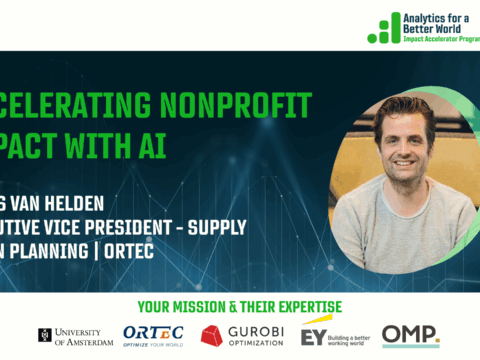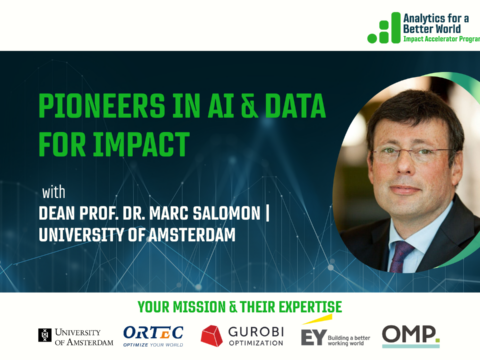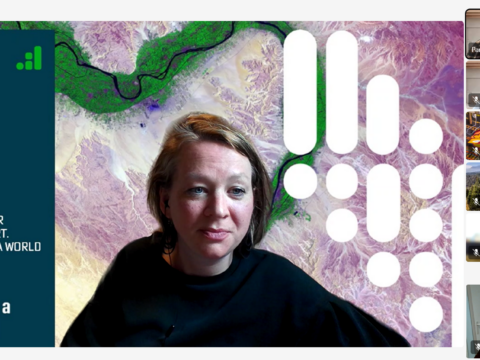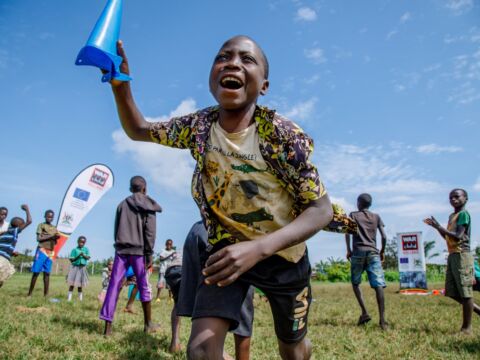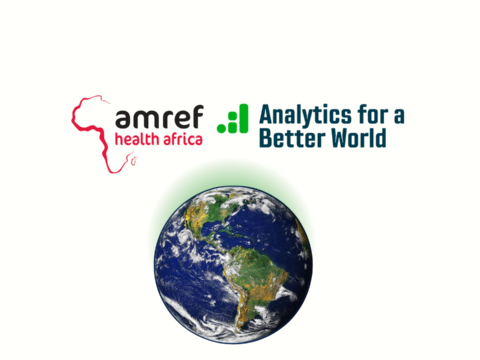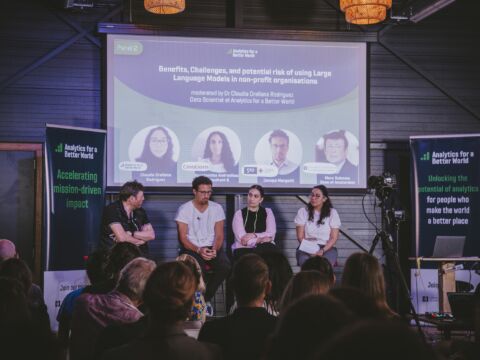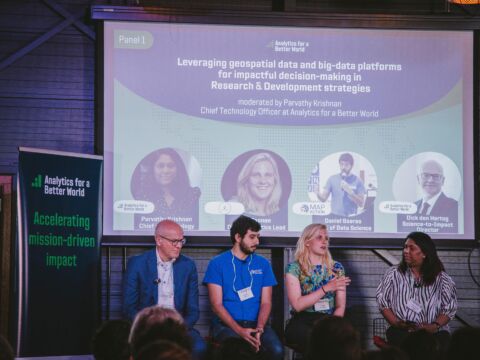The Ocean Cleanup
See profileORTEC
See profileHow Analytics Help The Ocean Cleanup Reduce Plastic at Scale
October 2023

Every year, millions of tons of plastic enter the oceans. This pervasive pollution poses significant global environmental, economic, and health challenges. The economic damage amounts to an estimated 13 to 14 billion dollars a year. If no action is taken, plastic will increasingly impact our ecosystems, health, and economies. “It’s The Ocean Cleanup’s mission to eliminate 90% of plastics floating in the oceans by 2040,” says Arjen Tjallema, Head of Technology at The Ocean Cleanup. To reach their goal by 2040, The Ocean Cleanup focuses on two key areas: cleaning up legacy pollution and preventing future inflow.
From Ocean Data to Real-World Impact: How The Ocean Cleanup and ABW Use Advanced Analytics to Boost Plastic Collection by 60%
Every year, millions of tons of plastic enter our oceans, devastating ecosystems, harming marine life, and incurring an annual economic burden of up to $14 billion. To address this global challenge, The Ocean Cleanup, a non-profit founded in 2013 by Boyan Slat, is on a bold mission: to remove 90% of floating ocean plastic by 2040. To reach their goal by 2040, The Ocean Cleanup focuses on two key areas: cleaning up legacy pollution and preventing future inflow. With support from Analytics for a Better World (ABW), The Ocean Cleanup is proving that advanced analytics can transform environmental challenges into actionable, measurable solutions. Through predictive modelling, AI-powered routing, and sustainable fleet optimisation, the organisation is dramatically accelerating progress toward its mission.
Data-Driven Solutions to a Global Crisis
The Ocean Cleanup takes a two-pronged approach: intercept plastic before it reaches the sea using river-based devices (Interceptors), and remove legacy waste already polluting marine environments using semicircular nets towed between vessels. But ocean currents, wind, and waves constantly move this plastic, making clean-up efforts complex.
That’s where data analytics comes in.
ABW, alongside partners from London Business School and The Ocean Cleanup’s scientists, helped develop an AI-powered routing model that predicts plastic hotspots and optimises vessel navigation in the Great Pacific Garbage Patch. This data-driven approach led to an incredible 60% increase in plastic collection compared to the organisation’s previous routing strategy. In some simulations during winter months, efficiency even reached a 90% improvement.
These boats are at sea for weeks, constantly on the lookout for high-density plastic locations,” explains Professor Dick den Hertog, Science to Impact Director at ABW. “Our algorithms plot the best possible routes: where there’s plenty of plastic and favourable sailing conditions.
Efficient Fleet Operations: Smarter, Greener, Scalable
Beyond routing, The Ocean Cleanup is optimising fleet operations. Their vessels perform multiple roles: towing, inspection, repair, and plastic logistics. Previously, these were handled by similar ships, but with ABW’s help, they’re now exploring a more strategic division of tasks and vessels.
Together with ABW, they developed an integrated operations model that simulates cost and environmental impact under various scaling scenarios, enabling The Ocean Cleanup to make informed decisions about expansion.
We intend to remove plastics at minimal cost – not only financially, but also in terms of emissions and fish bycatch, notes Arjen Tjallema, Head of Technology.
From Trash to Treasure: Giving Ocean Plastic a Second Life
Collected plastics aren’t discarded; they become part of the solution. The Ocean Cleanup recycles waste into durable goods, such as their sold-out line of sunglasses launched in 2020, made from plastic collected from the Great Pacific Garbage Patch. By creating economic value from marine debris, they reinvest in their mission and raise awareness.
There is no such thing as waste–only wasted resources, says John Verhoeven, Recycling Manager.
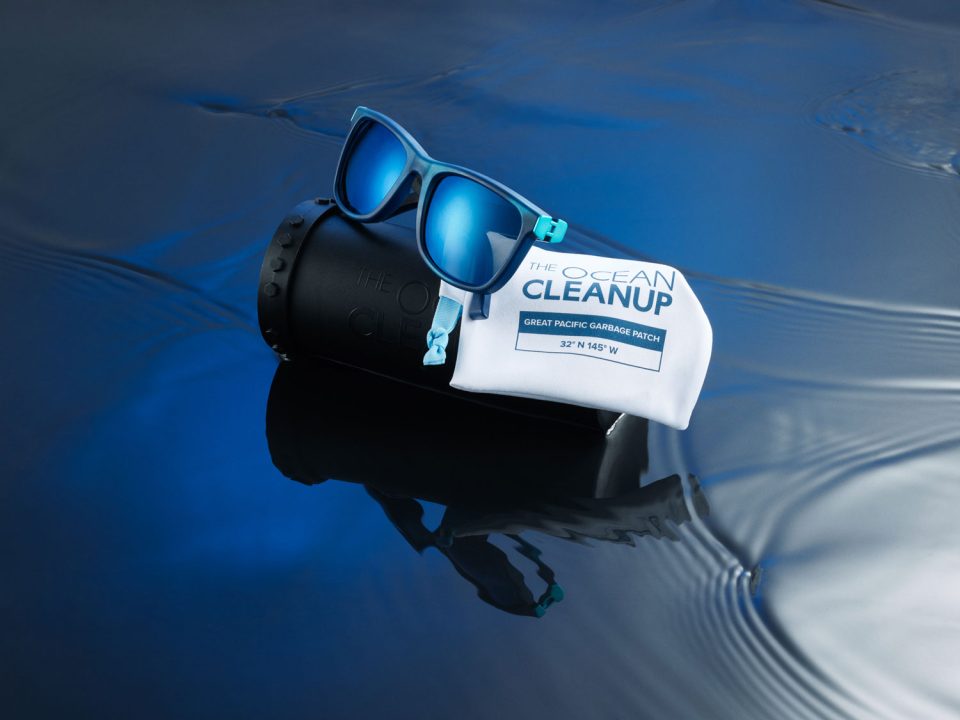
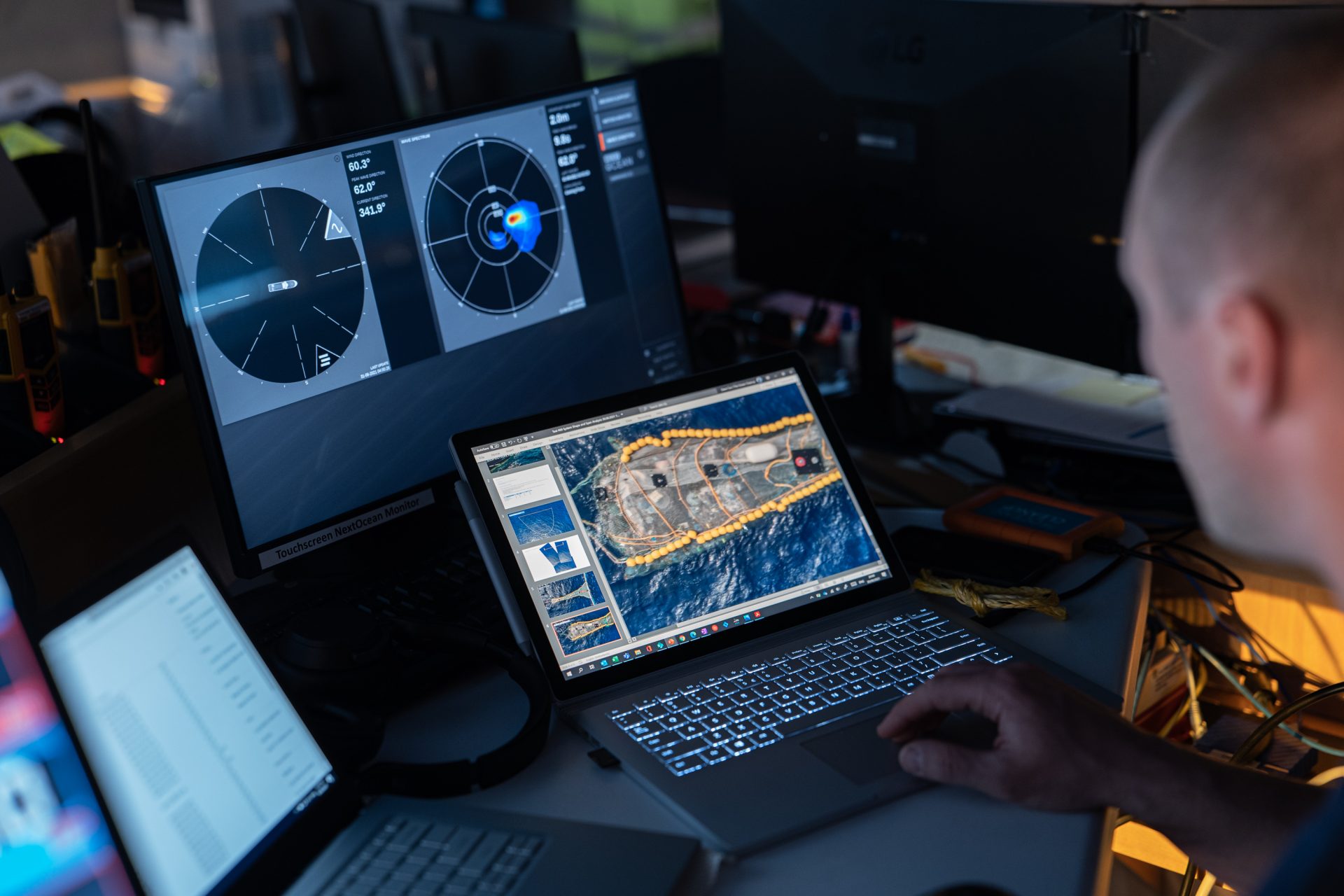
A Legacy of Innovation and Impact
When The Ocean Cleanup was founded ten years ago, when there was relatively little usable scientific data:
We knew plastic pollution was a problem, but we didn’t know how big of a problem it was, what kind of plastics were floating in the oceans, where it was coming from, or how it behaved, says Arjen Tjallema, Head of Technology.
In 2015, they embarked on a data collection project – The Mega Expedition – to gather comprehensive data in the North Pacific Region, known as the Great Pacific Garbage Patch. The expedition mapped an area measuring 3.5 million square kilometres and collected more data on oceanic plastic than had been collected in the past 40 years combined. The expedition helped to understand the plastic pollution problem fully and ultimately contributed to its cleanup. In 2016, the Aerial Expedition started. The objective of the mission was to accurately measure the most significant and most harmful debris in the ocean. It was the first-ever aerial survey of an ocean garbage patch, covering a larger area than the Mega Expedition. The data revealed an alarming estimate of 100,000 kilograms of scattered plastics floating around in an area three times the size of France.
Optimising the Path Towards Plastic Free Oceans
Their latest technology, System 002 (nicknamed “Jenny”), has already removed over 200,000 kg of plastic. Using advanced simulations, it predicts the movement of floating plastic up to seven days in advance, identifying high-density patches and adjusting its course accordingly. With this model, the plastic density encountered by cleanup vessels is 1.5 times higher, which directly reduces costs and increases environmental efficiency.
Currently, ‘System 002’ – or as we say, Jenny – operates in the Great Pacific Garbage Patch and has removed over 200,000 kg of plastic debris. We are modelling what’s happening in the ocean, including the behaviour of plastic, the effects of cleanup on the garbage patch, and how the system and plastic interact. The circulating currents in the garbage patch move the plastic around, creating natural, ever-shifting hotspots of higher concentration. Using computational modelling, we predict where the hotspots are and place the cleanup systems in these areas. The steering strategy is also based on these models, which aim to find the optimal route through the Great Pacific Garbage Patch. It looks seven days ahead, considers the density of plastics, and includes practical considerations like making U-turns. This already turns out to be very promising: a 1.5 times higher encountered density, driving our cost down by a factor of 1.5. We intend to remove plastics at minimal cost – not only financially, but also in terms of emissions and fish bycatch – Arjen Tjallema, Head of Technology.
A special thank you to Baizhi Song and Jean Pauphilet (London Business School), as well as to the ORTEC team: Marijke Lijzenga, Guusje Scheijen, Jelke van Hoorn, and Iris van Beuzekom.
Recognised Innovation: INFORMS Analytics Award Winner
At the 2025 INFORMS Analytics+ Conference, the project “Optimising the Path Towards Plastic-Free Oceans” won third place in the Innovative Applications in Analytics Award. This recognition underscores the importance of collaboration among academic institutions, nonprofits, and technology experts.
Join the Movement for Data-Driven Environmental Action
This story of impact serves as a blueprint for how analytics, when applied with purpose and in partnership, can accelerate positive change. Whether you’re a researcher, nonprofit worker, or socially responsible company, your expertise and collaboration can drive solutions to some of the world’s biggest challenges.
If you want to be part of turning data into impact, join Analytics for a Better World and help scale efforts like these. Together, we can clean the oceans, protect ecosystems, and show the world what data for good truly means.
About the Ocean Cleanup
The Ocean Cleanup is a nonprofit organisation that develops and deploys advanced technology to rid the oceans of plastic, collecting data and using analytics to minimise the cost of cleanups.
📷 All photos in this article are from the Ocean Cleanup
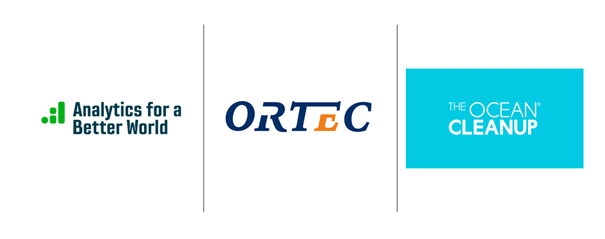
Optimizing the Path Towards Plastic-Free Oceans
